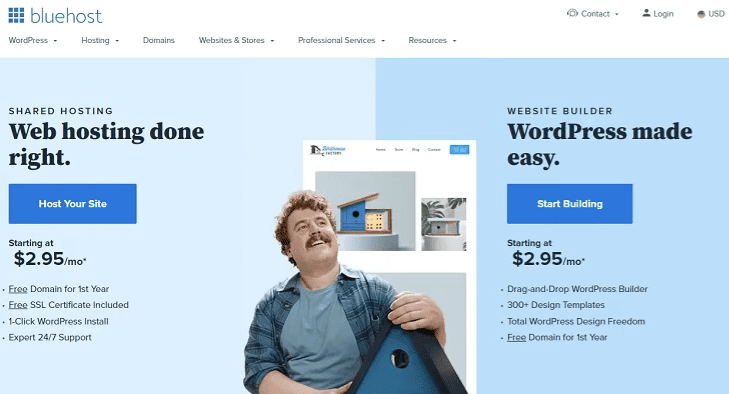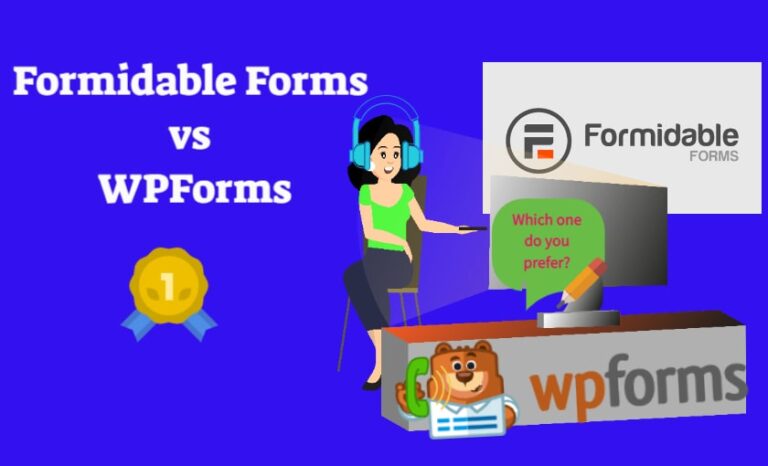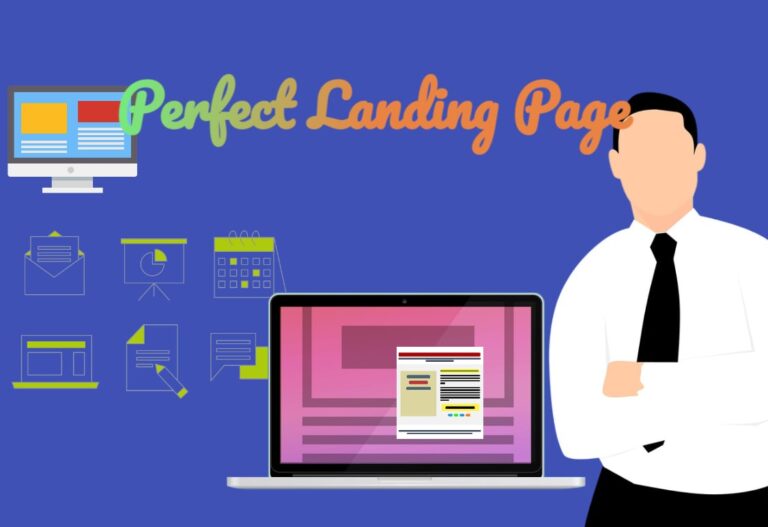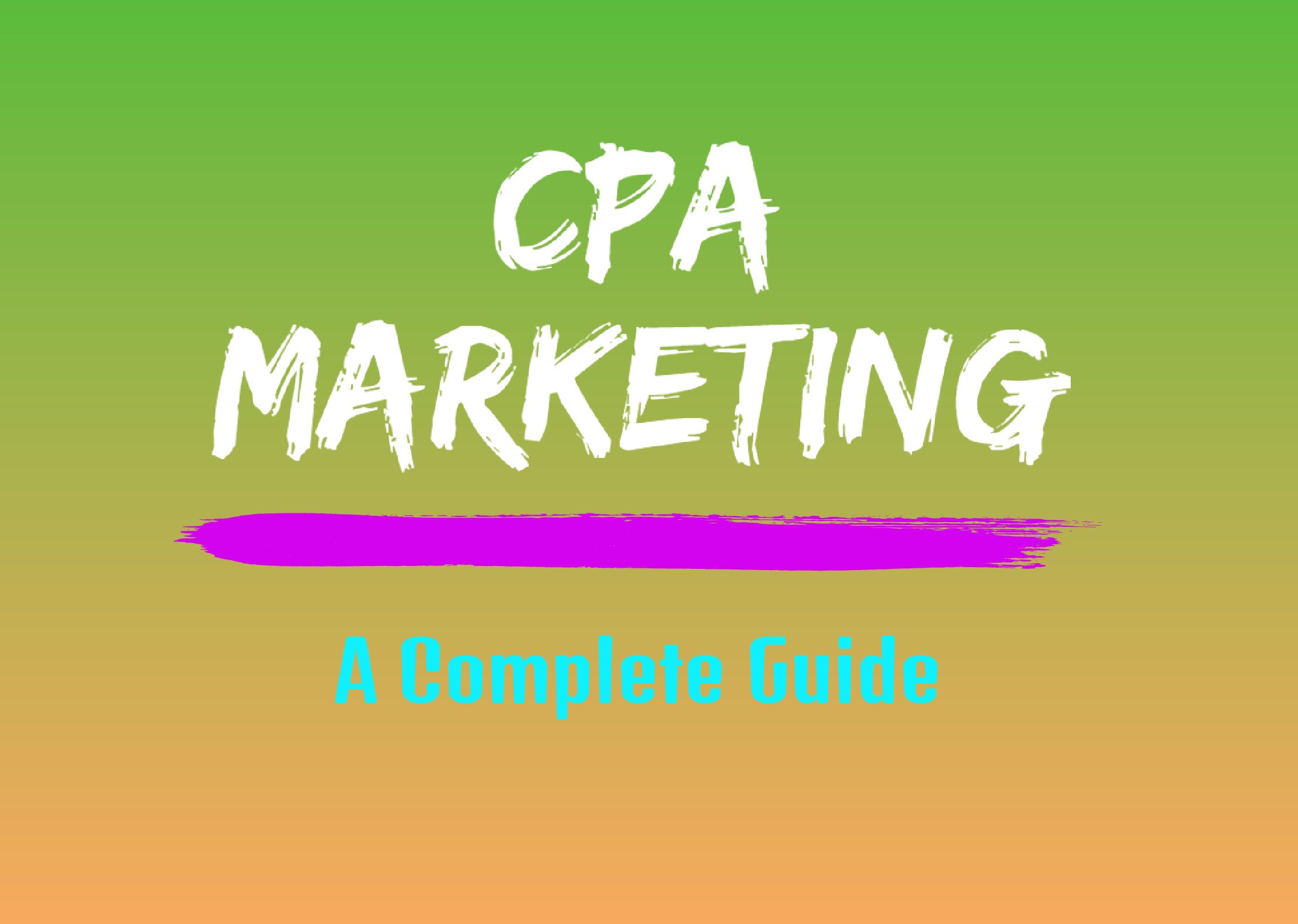The Best Content Strategy for Content Marketers (Beginners’ Guide)
Introduction: content marketing strategy
Content marketing is a great way to attract and engage your audience.
Content can be used in many ways, such as blog posts or whitepapers that educate potential customers about the industry you serve.
It works best when it’s created for an actual need of your target market which will help them solve their problems—which means more conversions.
Content strategy is important for businesses to build relationships with their customers, leads, or audience members.
The content should be valuable in nature so the reader feels like they are receiving something of value rather than being interrupted by your business or brand.
Understanding content marketing is also important for every marketer as it describes the process of attracting, engaging with, and delighting your target market.
By honing in on content marketing strategies for success, you can increase conversions while increasing brand awareness.
Are you looking to improve your content marketing strategy or just want tips for freshening up an existing one?
Well, re-assessing and designing new ways of creating the right type of information is crucial because it never hurts.
This guide will introduce you to content marketing, types of content marketing, examples of successful campaigns, and how to create a strategy for your business.
Create Engaging Content

Outbound strategies, like TV ads, etc., aren’t as effective at resonating with and converting audience members.
Today, your attention is being pulled in so many different directions that you need to be creative when it comes to marketing.
In order to create engaging content today, you need to tell a story.
This will make your content feel more authentic and tailored because it is less transactional in nature than just facts and data points.
What is Content Marketing?
Content marketing is the process of planning, creating, distributing, and publishing content via channels such as social media.
Here, Content can be in various forms – it could include blogs or website articles for example.
To maximize your reach on each platform you should think about when to post too.
You should maintain the frequency level so that there are not too many posts at once which will lose the interest of followers/readers.
Content marketing is also a way of promoting products through carefully planned out messages presented with originality and creativity.
It has become popular because companies feel they get a better return on investment (ROI) than traditional advertisements.
To improve your brand and reach a larger audience, content marketing is key.
Content marketing serves many purposes including the following;
- Helps you to increase sales by providing valuable information about products or services that potential customers may be interested in purchasing.
- Increases awareness of your company as well as making people feel like they know more about the business before walking through those doors for their first time (engagement).
- If done correctly, it can serve as an integral part of building loyalty with existing clients who continue coming back because you provide them with unique experiences every time they visit (loyalty).
Why is content marketing important?
As a business, it is important to educate your customers and prospects about the products you offer.
You can easily boost conversions by showing them how these services can benefit their needs.
Build relationships with loyal customers who stay up-to-date on the latest offers through content marketing strategies.
Content helps develop trust between businesses and their potential clients.
Therefore, this will result in increased loyalty that results in more sales for companies as well as satisfied consumers who continue purchasing from one source or another related company over time.
Content also shows people how to use your business’ offerings while making them feel valued as a customer.
Now, I would like to have a look at the various types of content marketing.
Types of Content Marketing

Content marketing is a popular area of growth for companies. There are many types, but here are some common ones:
1) Social Media Content Marketing – Promoting messages through social media platforms like Twitter or Facebook to drive traffic and brand awareness.
2) Email Marketing – Sign-up forms on company websites that allow users to sign up for email newsletters with content relevant updates
3) Blog Content Marketing/ Microblogging – Creating original written blog posts or pinning interesting images onto boards in order to develop an audience willing to share your material across their networks.
4 ) Video Content Marketing– Recording short videos designed specifically around the needs/interests of potential customers.
You can find more about the different types of content marketing that are part of online business in my other article.
5. Infographic Content Marketing:

Infographic Content Marketing is when businesses create infographics online that highlight their company’s name/branding by explaining an idea quickly through images rather than words.
The use of infographics in content marketing is popular because they are easy to digest.
They can be easily understood by the audience. Infographics make it easier for readers to consume and process than other formats like blog posts or videos.
Infographics can be created with simple and free software such as DesignCap or Canva.
DesignCap is easy to use, yet a powerful online digital tool that will help you with all your graphic design needs.
It’s perfect for anyone who wants their work to look better than ever before without having the hassle of doing it themselves.
This graphic design software is ideal for beginners or those with simpler content needs.
6. Podcast Content Marketing:

People love podcatchers! In fact, Americans, on average spend 7 hours per week listening to podcasts. Quite interesting, right?
A podcast is one of the best ways to get your message out there. It allows you to reach people all over the world at no cost.
It’s a great tool for building up an audience because of its high engagement rate. Podcasting has many benefits that make them stand apart from other forms of content marketing.
Podcasts are becoming a popular and effective way for internet marketers to reach out to their target audiences.
They can not only be used as forms of entertainment, but also as a tool for marketing purposes.
Podcast content is unique in the sense that it’s not just text—it’s another medium we listen through instead of reading with our eyes.
However, podcasts require more advanced technology like recording equipment and editing capabilities to ensure high-quality sound.
Have you ever marketed your business via podcast? Get some more ideas.
7. Paid Ad Content Marketing
As a small business owner, it can be tough to get your name out there. When you want to reach a broad audience quickly, paid ads are your best option.
Paid ads can help position yourself in all of the places where people may be looking for what you have to offer.
In other words, it allows you to gain exposure in new places and target specific audiences that would otherwise not see your content or brand.
Pairing paid advertising with an effective marketing strategy is the best way for any company looking to find success online today.
Because when paired with inbound marketing, they will allow even more visibility and increase conversions further than if done separately.
There are many options for where to publish paid ads, such as social media platforms, landing pages, and banners.
However, it is important that you choose an appropriate platform because different ad formats work better on certain networks than others do.
Develop a good content strategy?

Get creative with a business’s content marketing strategy. In this day and age, companies have to do more than just sell their products to garner attention from consumers who are bombarded by hundreds of advertisements every single day.
In the past few years, there has been an increase in demand for “content”. It may not necessarily be related directly to selling or advertising services/products but rather informative articles.
With over 3 billion people using at least one form of online communication, it’s safe to say that marketers should start thinking outside the box when planning out a company’s upcoming content plan!
A content strategy is a way to use Content as the foundation for your business goals. For example, if you want more revenue and increased brand awareness, then your strategy should include the following:
First of all, create high-quality blog articles. Secondly, focus on SEO to increase the website visibility on the SERPs and
Thirdly, promote your site content by pushing it through social channels like Quora, Linked In, Facebook, etc.
The above steps would be an effective means of reaching those two milestones. Some business owners might think that having a content strategy is not entirely necessary when starting up.
This assumption is absolutely wrong. Do you know why? Producing high-quality and engaging content can help companies build trust with new audiences.
Not only that, but it also lay the building blocks for how they will succeed in their chosen industry over time.
A whopping 70% of marketers are investing in content marketing. How can you compete without a solid content strategy?
With so many eyes on your website, it’s important to develop a good strategy. Let’s dive into the questions you should answer when developing that plan:
1. Who will be reading your content?

Content marketing requires a different approach for each type of reader. Think about who your target audience is and how many different types of audiences you are creating content for.
As you work to develop your content strategy, take into consideration the number and types of audiences that will be reading or viewing it!
Just as a business might have more than one type of customer, it’s important to consider that the same can be true with readers or viewers.
A company that delivers content to everyone they do business with should provide a variety of channels and types.
So, when you’re trying to engage customers and prospects, focus on using multiple content types in combination with various channels.
By using different content on various platforms, you can engage each audience member differently based on the platform’s features.
The more ways your company mixes up its approach to content delivery, the better chance it has at keeping everyone properly informed about what’s going on within your business.
2. What problem will you be solving for your audience(s)?

The best way to get people interested in your product or service is by helping them address their problems.
Your product or service should be able to solve a problem your audience is facing. How would you achieve it?
You can achieve this by writing content that coaches and educates them as they start identifying their own problems.
This will then helps you highlight the benefits of using your solution for those issues.
To create a sound content strategy, you need to start by understanding the problems your users are facing.
Your product should help them overcome these challenges and reach their goals as quickly as possible.
You can make your customers more qualified users of a product by offering compelling content that reinforces the solution you’re providing them.
3. What makes you unique?
Your competitors likely have a similar product as yours, which means your potential customers need to know what makes yours better — or, at least, different. This is where content comes in.
In order to prove why you’re worth buying from, you need to prove why you’re worth listening to.
4. What content formats will you focus on?

How will you communicate the topic in the most effective way?
Will it be infographics, videos, or blog posts that best convey your position on a topic?
After identifying which topics to take positions on and budget for accordingly, identify what format is most suitable so you can express that position clearly.
5. What channels will you publish on?

Understanding the different types of content formats and publishing channels is important because it can affect your marketing strategy.
Owned properties are websites or blogs you control, while social media platforms like Twitter and Facebook count as external ones.
When thinking about which format to use for a piece of content, consider what works best with each platform.
If short videos work better on Vine than they do on Instagram, focus there! We’ll discuss social media content strategy in greater detail later.
6. How will you manage content creation and publication?
Most people do not realize the amount of work that goes into creating and publishing content.
To make this task less intimidating, it is important for a content strategy to know who will be responsible for what aspects of a piece.
For example, who writes an article, where does it get published? And when new updates or posts are scheduled to go live on different platforms (i.e., “social media calendars”).
Steps to Create Your Own Content Strategy

Now that you have a content marketing plan in place, it’s time to develop an effective strategy.
Let’s go over the steps necessary for creating your own content marketing strategy a success
1. Set SMART goals.
A key step in content marketing is to set specific goals. These should complement your broader business and marketing strategies.
However, will likely be different for each company depending on what they are trying to accomplish.
Here are some examples of SMART goal categories:
- Reach more people through the right channels by increasing website traffic or subscribers.
- Increase sales conversions from customers who have already interacted with you online before purchasing an item offline
- Improve customer retention rates after a purchase has been made by having them engage further via email or social media platforms.
- Improve brand loyalty.
- Build rapport and trust among the prospects and customers
- Attract strategic partners.
2. Determine your KPIs.
To measure your performance against a goal, you should set key performance indicators (KPIs).
KPIs are quantifiable data points that indicate whether or not progress is being made.
For example, if the KPI for a SMART goal was to lose weight by eating healthier and exercising, then, weekly weigh-ins would be considered the best indicator of success in this case.
3. Decide on the type of content.
Before you create content, it’s important to think about the target audience and buyer personas.
This will help guide your decisions on what type of content you should be creating for them.
To create the best content for your audience, first think about who they are. Ask yourself questions like:
- Who is my target market?
- What challenges are they looking to overcome?
- What do I know about them that will help me understand their interests and how to reach out to them online?
- Why do they need your product or service?
- Which websites or social media platforms do they take part in most frequently?
- What do they need from you?
- How can you help them succeed?
The answers you come up with should give you a good idea of what type(s) of content would be well received by this group.
4. Choose your content channels.

It’s time to choose your specific content channels once you figure out what type of content to market with.
Where will your ideas live and be shared?
Where you’re going to share your content? For some of the content types, it will be obvious which channel you need to work with.
For instance, if your creating Facebook content, this would mean working on the social media platform itself. That means, your specific channel is a social media platform.
5. Set a budget

How much money do I want to spend on marketing?
Now is the time to set your budget.
Think about the type of content you’ve been creating and the channels you want to market that content.
To determine your budget, ask yourself these questions:
- Do I need extra software or services like adobe photoshop, Canva subscription, etc. in order to create the best design content?
- Do I need to hire any designers or content marketers or designers?
- Should I spend more on ads space?
- How many people do I want to reach?
- Do I need access to specific tools or resources to enhance my content?
Think about how your budget will be impacted after you take note of the cost.
Perhaps, it increases or decreases from what was already estimated based on any changes that may occur as a result.
6. Create and distribute the content
Social media marketers should create and distribute content so that their audience members can consume it, then possibly convert.
To ensure you’re consistently producing quality content to share among your prospects and customers, use a social media calendar or an editorial calendar.
A social media schedule will allow for the creation of new posts in advance so they can be shared later on when an audience member is active online (e.g., Instagram).
An editorial content calendar allows you to plan out blog topics well ahead of time so that all relevant information exists before deadlines approach.
Also, with a content calendar, your team can maintain the flow of relevant and timely information.
They will be able to schedule ahead of time so that they don’t waste any valuable resources on unimportant or repetitive tasks.
7. Analyze and measure results

Lastly, analyze and measure your content marketing efforts so you can make any necessary changes to enhance them. This will help ensure that they reach the right audience members for success.
Look over your smart goals and key performance indicators (KPIs) that were set by yourself or others around company initiatives.
Working on a solid plan for content creation is an important step toward achieving great results.
Use them as a guidepost to measure how successful your content marketing efforts have been thus far.
Did you meet your expectations with this new approach? Did you achieve all of these milestones, half of them, one quarter–or none at all?
Additionally, consider whether any planned targets might be overly optimistic given present conditions.
If so, it may make sense to reevaluate their feasibility down the road rather than trying again with unsustainable ambitions right now.
Some Content Marketing Resources

As content marketing becomes more popular, there are many resources available to help marketers with their efforts.
Here are some of the most popular tools that marketers use every day:
1) Buzzsumo – Find trending articles and see how well they performed on social media
2) Moz Free toolkit – Track keyword rankings for your site over time (and other helpful tracking features like rank history charts & link acquisition reports).
3) Canva graphic design software- Create professional graphics in minutes.
4) Sprout Social – It will help you create and share your social content.
5) You can use a free or paid version of content management tools, like Asana and Trello, to plan and organize your marketing strategy.
6) Free version of either GetResponse, System.io, or AWeber. They are email marketing software that can handle all aspects of your email campaigns and content.
7) HubSpot’s Free Content Creation Resources, will enhance your content marketing strategy towards success.
8) Google Trends is a useful tool for those interested in content marketing. You can search by broad topics like “content marketing” or specific ones, such as “marketing case studies”. It’s also great if you’re looking to stay up-to-date with the latest news and information about the topic.
9) A podcast about content marketing may inspire your strategy. Try HBR IdeaCast to get started with your content marketing strategy.
Content marketing strategy analytics and results

Here are some tools to help you with your content marketing strategy analytics and results:
HubSpot Marketing Analytics Software – It provides comprehensive analytics on key metrics like leads generated and ROI. The best thing about it is how easy to use the dashboard is. You get access to all of this information in one place which makes streamlining reporting processes much easier than before.
Mention – An online tool that tracks brand mentions across the web for all industries. This is useful because it can tell us what people think about your business positively or negatively based on their posts/tweets/reviews etc.
SharedCount – a website that tells the social share count of any webpage along with other statistics such as tweets per hour, etc. It allows marketers to determine how popular a particular post was within certain time frames. We should use this if we want to track when peak hours occur in terms of viewership numbers during specific days.
Google Analytics – It provides data about traffic sources in real-time so that marketers have a full understanding of their digital influence online.






